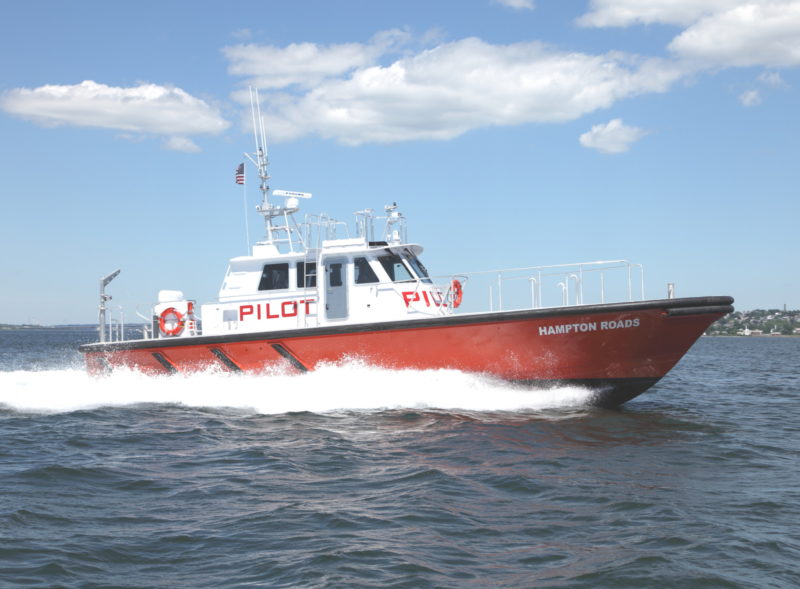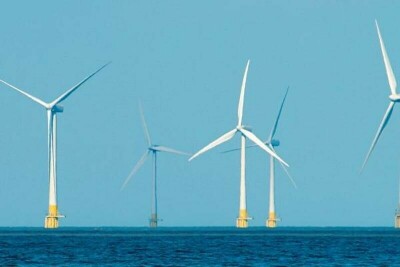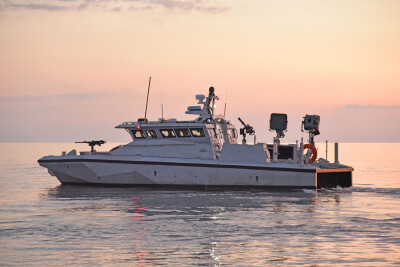The Virginia Pilot Association has awarded a contracted to Gladding-Hearn Shipbuilding to build a Chesapeake-class pilot boat. It will be ninth pilot boat built for the Virginia pilots by the Somerset, Mass., shipyard since 1983.
Since the Chesapeake-class pilot boat was introduced by Gladding-Hearn in 2003, 19 have been delivered to 11 U.S. pilot associations.
The Virginia pilots’ new boat incorporates Volvo Penta’s IPS 3 pod system and Humphree interceptors. “The combination of the Volvo Penta IPS system and the Humphree interceptors gives the pilots faster acceleration and higher speeds and improved comfort, while burning about 25 percent less fuel,” Peter Duclos, the shipyard’s president, said in a statement announcing the contract.
With a deep-V hull with 4.11' draft designed by C. Raymond Hunt Associates, the new all-aluminum 55.10'x17.2' launch is powered by twin Volvo Penta D13-700, Tier 3-certified diesel engines, each producing 700 hp at 2,250 rpm. The vessel’s top speed will be over 32 knots.
Each engine will be connected to an IPS 3 propulsion pod, fitted with dual forward-facing, counter-rotating propellers and integrated exhaust system, and Volvo’s integrated EVC electronic steering and control system. A Humphree interceptor trim control system, with its automatic trim optimization, automatic list control, and coordinated turn control functions will be installed at the transom.
The new pilot boat’s wheelhouse is being installed well aft of amidships on a flush deck to improve comfort and provide for a larger foredeck. The aft deck has a large engine removal hatch made possible by the Volvo Penta IPS system. The wheelhouse is outfitted with five NorSap shock-mitigating reclining seats, a 12-kW Alaska Diesel generator for electricity and a 16,000-Btu reverse-cycle HVAC unit. A second 16,000-Btu HVAC unit will be installed in the forecastle, along with a settee berth, enclosed head, small galley and lockers.
Outside of the wheelhouse are heated side-decks and handrails to prevent ice accumulation. Ladders on the sides of the wheelhouse lead to hinged boarding platforms on the roof. A control station is located at the transom, along with a winch-operated rotating davit system over a recessed platform for pilot rescue operations.





